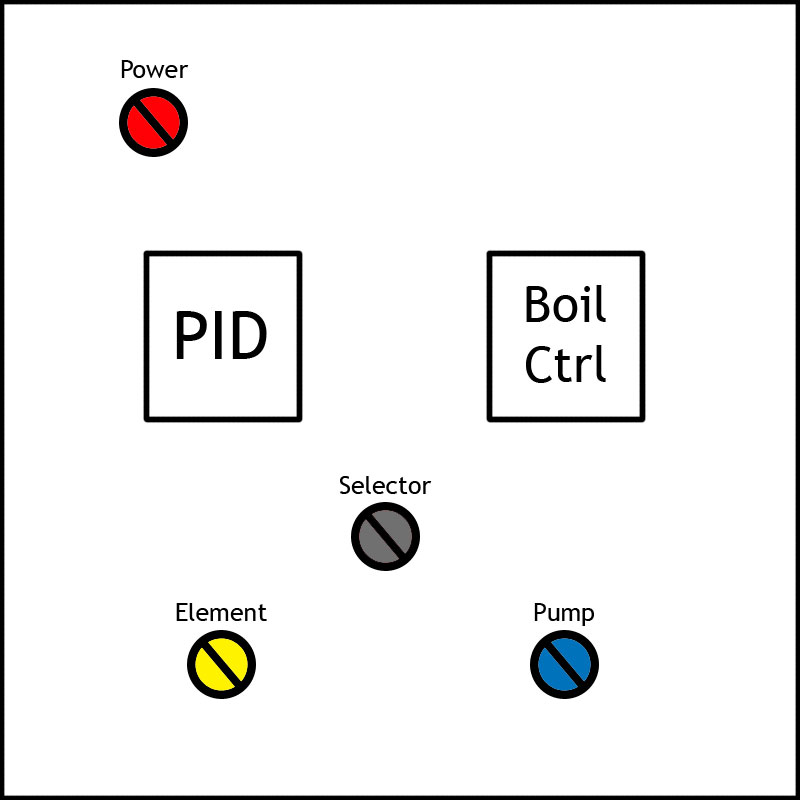The_Bishop
Well-Known Member
- Joined
- Dec 8, 2013
- Messages
- 2,100
- Reaction score
- 676
I've decided to switch from my Avantco 3500 induction setup, and build a recirculating eBIAB kettle.
So far I've got most of the kettle components. Bayou Classic 15.5 Gallon kettle, 5500 watt all stainless ripple element, triclover element mounting hardware, bag, recirculation port, etc.
The hardware side I'm not worried about.
I'm in the process of planning out the controller.
My questions:
Where is everyone sourcing the parts? Prices seem to be all over the place.
Someone mentioned using a 3 position 25 amp switch to control power to the element. An on-off-on switch, center off. Position one is full 220v to SSR/element. Center is off. Position two is 120v to the SSR/element. The idea is using lower wattage for recirculation/mashing would prevent any scorching. None of the control panels I've seen have this feature, so I'm wondering if I'd be better served by just having a contactor and switch to kill power to the SSR/element. Has anyone had any scorching issues while recirculating during the mash?
I'm also considering using both a PID and the Auberin Digital SSR power regulator to control the SSR/element. My idea is to have the control wires for the SSR run to a DPDT toggle switch, with one side being the PID (for strike/mash/etc) and the other being the power regulator (for the boil). Thoughts?
Is a 220v breaker necessary in the control panel? Or is it redundant with the breaker in the main panel?
I've got tons more questions but those will get me started.

So far I've got most of the kettle components. Bayou Classic 15.5 Gallon kettle, 5500 watt all stainless ripple element, triclover element mounting hardware, bag, recirculation port, etc.
The hardware side I'm not worried about.
I'm in the process of planning out the controller.
My questions:
Where is everyone sourcing the parts? Prices seem to be all over the place.
Someone mentioned using a 3 position 25 amp switch to control power to the element. An on-off-on switch, center off. Position one is full 220v to SSR/element. Center is off. Position two is 120v to the SSR/element. The idea is using lower wattage for recirculation/mashing would prevent any scorching. None of the control panels I've seen have this feature, so I'm wondering if I'd be better served by just having a contactor and switch to kill power to the SSR/element. Has anyone had any scorching issues while recirculating during the mash?
I'm also considering using both a PID and the Auberin Digital SSR power regulator to control the SSR/element. My idea is to have the control wires for the SSR run to a DPDT toggle switch, with one side being the PID (for strike/mash/etc) and the other being the power regulator (for the boil). Thoughts?
Is a 220v breaker necessary in the control panel? Or is it redundant with the breaker in the main panel?
I've got tons more questions but those will get me started.











